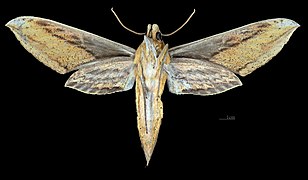
Xylophanes eumedon is a moth of the family Sphingidae. It is known from Mexico.
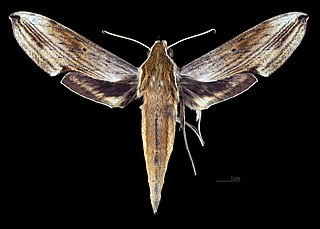
Xylophanes dolius is a moth of the family Sphingidae. It is known from Ecuador and Bolivia.
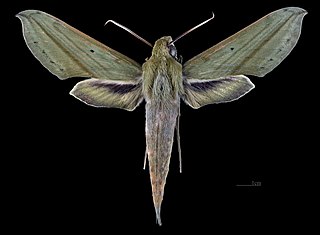
Xylophanes elara is a moth of the family Sphingidae first described by Herbert Druce in 1878. It is known from Paraguay, Suriname, Venezuela, Bolivia and Brazil.

Xylophanes irrorata is a moth of the family Sphingidae. It is known from Cuba.

Xylophanes isaon is a moth of the family Sphingidae. It is found from south-eastern Brazil and Paraguay to Argentina.

Xylophanes josephinae is a moth of the family Sphingidae. It is known from Guatemala and Mexico.
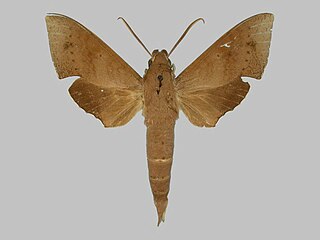
Xylophanes juanita is a moth of the family Sphingidae. It is found from Mexico and Belize to Costa Rica.
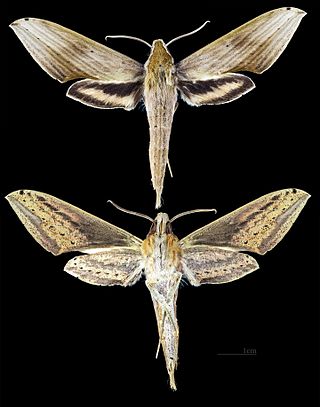
Xylophanes libya, the Libya sphinx, is a moth of the family Sphingidae. The species was first described by Herbert Druce in 1878. It is known from southern Texas, Mexico, Belize, Guatemala, Panama and from Venezuela south and west to Bolivia and Paraguay.
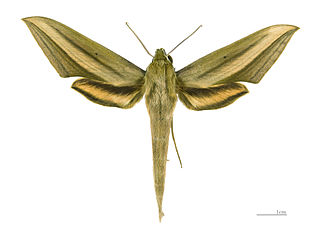
Xylophanes loelia is a moth of the family Sphingidae first described by Herbert Druce in 1878.
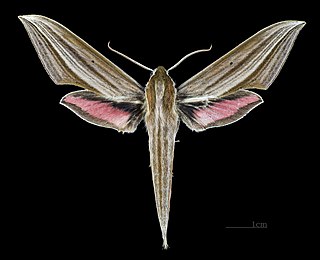
Xylophanes neoptolemus is a moth of the family Sphingidae.

Xylophanes norfolki is a moth of the family Sphingidae. It is known from the Galapagos Islands.

Xylophanes rhodina is a moth of the family Sphingidae. It is known from Panama and Costa Rica.

Xylophanes rhodotus is a moth of the family Sphingidae. It is known from Peru and Bolivia.
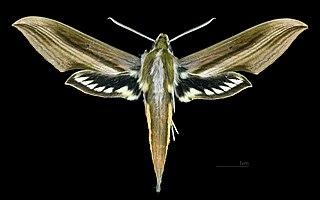
Xylophanes schreiteri is a moth of the family Sphingidae. It is known from Argentina and Bolivia.

Xylophanes suana is a moth of the family Sphingidae first described by Herbert Druce in 1889.

Xylophanes titana is a moth of the family Sphingidae first described by Herbert Druce in 1878.
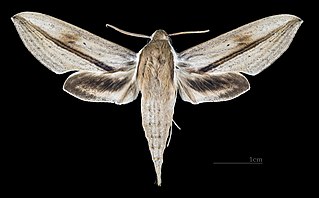
Xylophanes turbata is a moth of the family Sphingidae. It is known from Mexico to Nicaragua and Costa Rica. An occasional stray may be found up to southern Arizona.

Hemeroplanes diffusa is a species of moth from the family Sphingidae.

Perigonia leucopus is a moth of the family Sphingidae. It is known from Brazil.

Perigonia thayeri is a moth of the family Sphingidae. It is native to the island of Saint Vincent.



